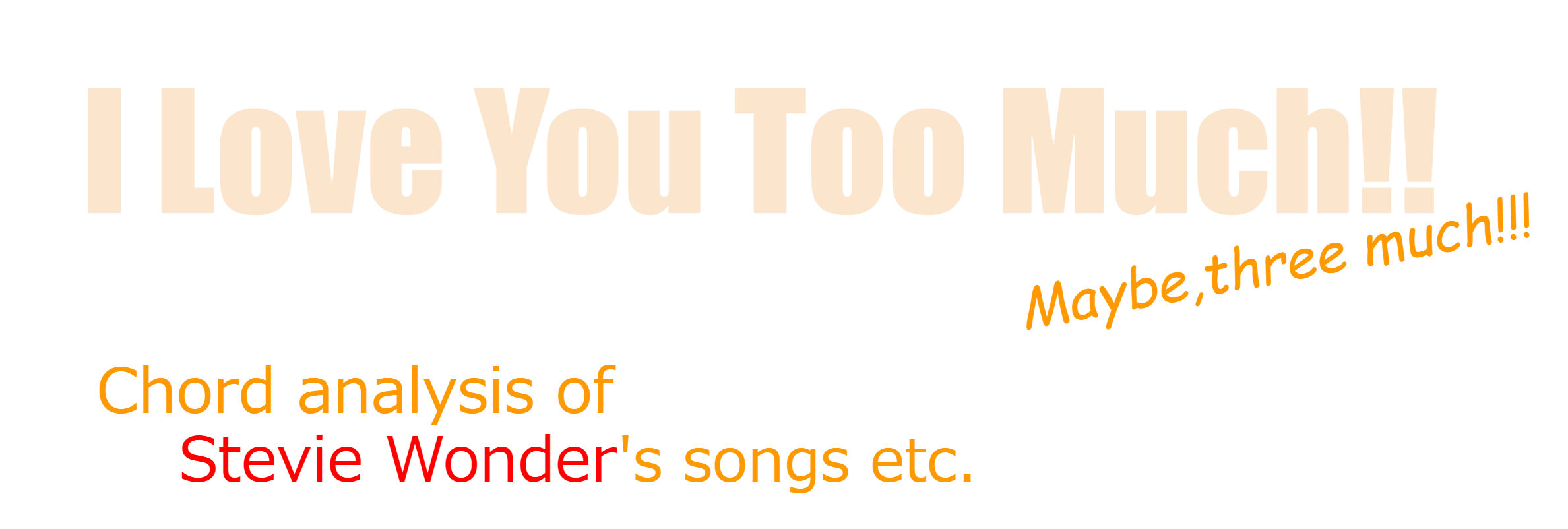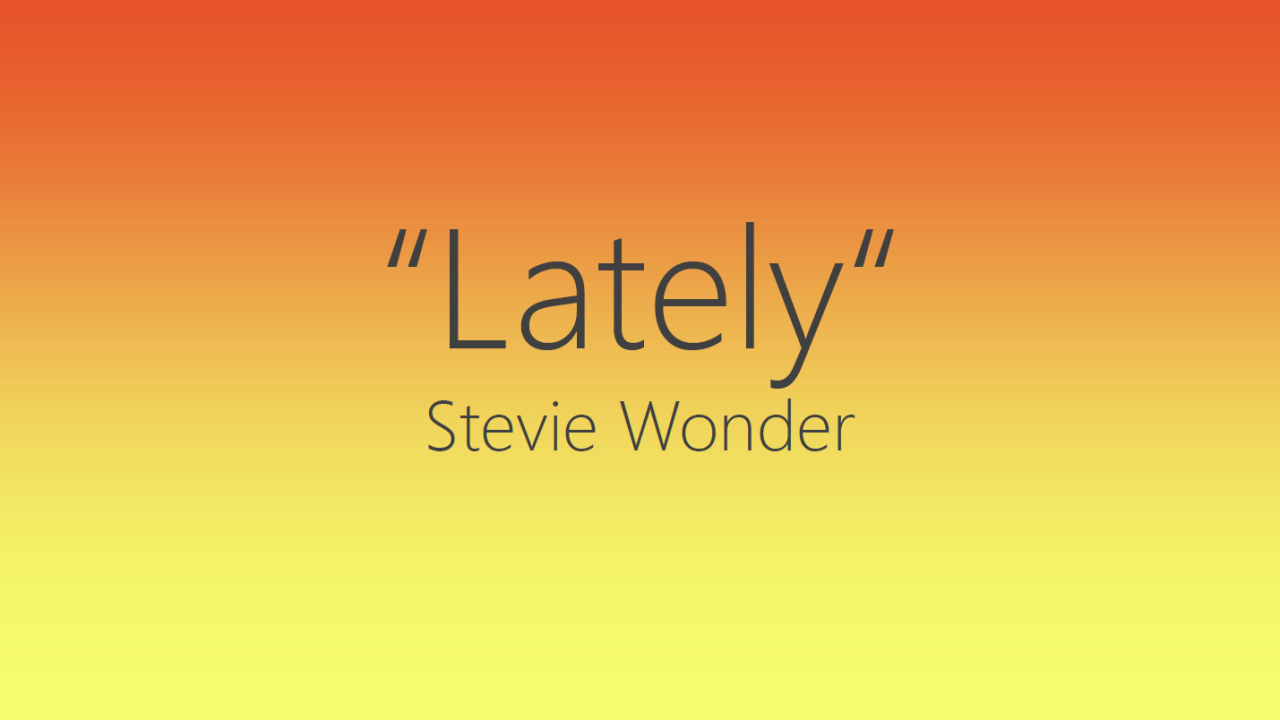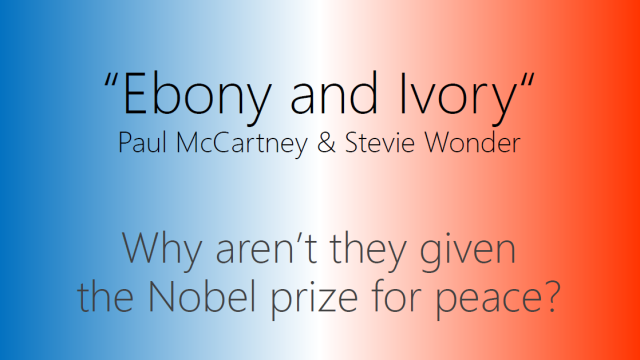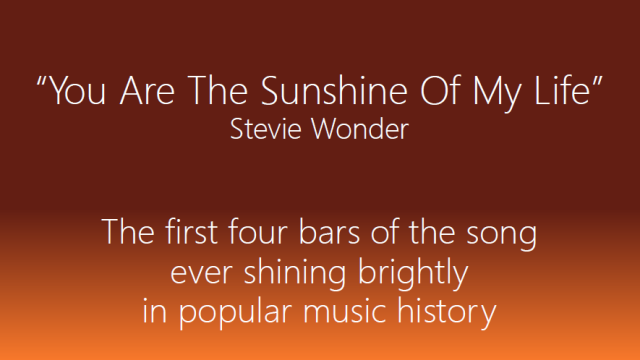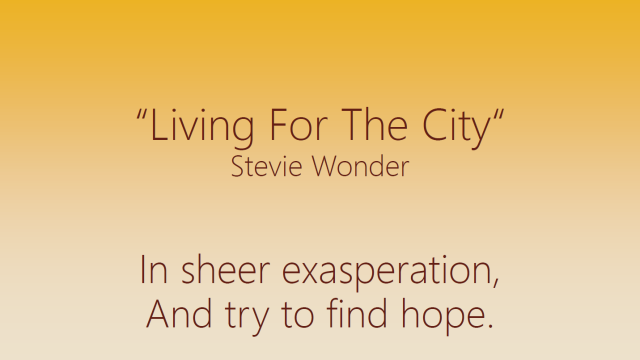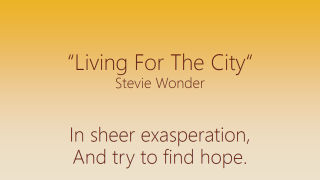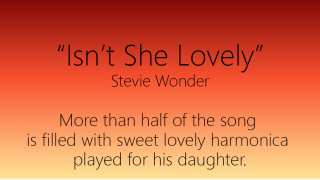Introduction
This is a typical Stevie ballad, starting calmly and ending with a passionate chorus.
I thought it was one of his more recognizable songs, but the Japanese wiki doesn’t have a page for it, and the English wiki only mentions it briefly. It’s okay, though.
I thought it was a hot and passionate love song from the tune, but it’s actually a jealousy song with lyrics like
“Far more freqently you’re wearing perfume,With you say no special place to go”
“Lately” by Stevie Wonder (1980)
“Just the other night while you were sleeping,I vaguely heard you whisper someone’s name”
In a broader sense, it’s indeed a love song.
So, let’s look at the chords.
The chordal highlight of this song is the last point.
So I’ll leave the rest of the song simple. So let’s go…
Account for chords
Intro
The intro is a gentle interplay of Stevie’s piano and the impressive sound of the wood bass, but the chords are a standard progression that could be found on the first page of any instructional book.

If I had to pick a feature, I’d say that the piano and bass play in unison like triplets, and that the C note in the piano phrase “F, C, A-flat” is not actually a component of the D-flat chord, which makes it more memorable.
1st verse
The chords continue to be orthodox.
The first and second chorus are written together.
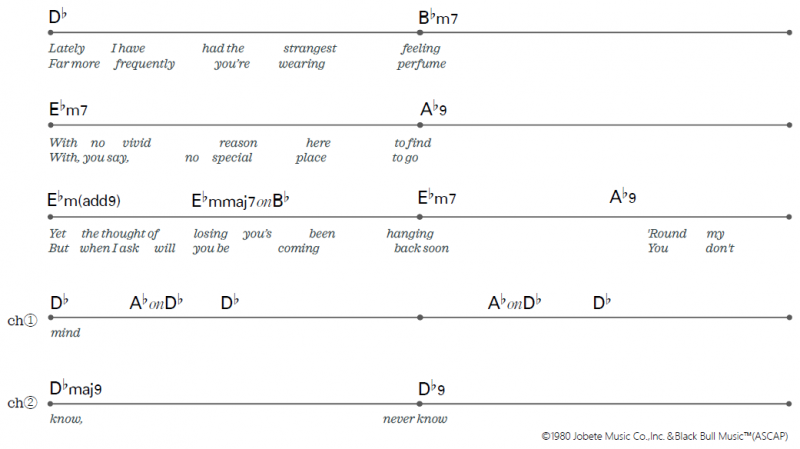
The A♭9 in the second system above is usually A♭7, and that’s how it is in most scores and websites, but I did this because B♭ (9th) is played in this part, which appears several times in the song.
The reason I chose (add9) at the beginning of the third system is because I felt that a 9th was sounding in the second half of the song, singing “But when I ask will you~”.
Also, in the third system, where the chord components go down (called cliché , I guess), the bass note usually stays the same, but here it becomes B♭ for a while.
E♭m→E♭mMaj7/ B♭ →E♭7→A♭9
This is how Stevie usually does clichés.
Most sheet music and websites use
E♭m→E♭mMaj7→E♭7→A♭7
but at the E♭mMaj7 part, there’s a B♭ sound on the wood bass, right? If you played E♭m→E♭maj7→E♭7 on the piano, it would have a totally different mode, right?
I think it’s an important part.
Also, A♭9 chord in the third system, B♭ (9th) is played properly. As you can see in the keyboard diagram, there is no unnecessary movement except for the notes that go down in the cliche flow.
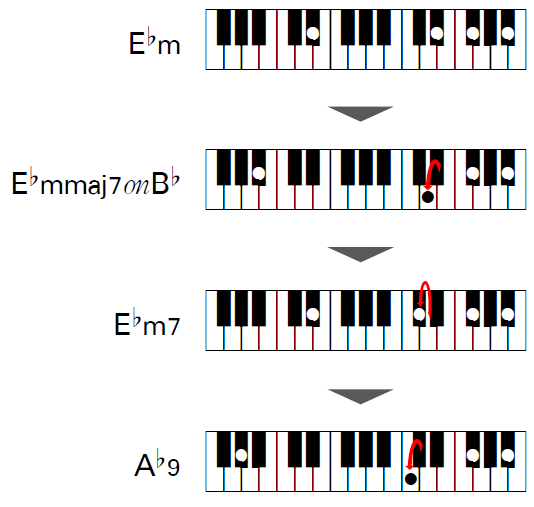
2nd verse
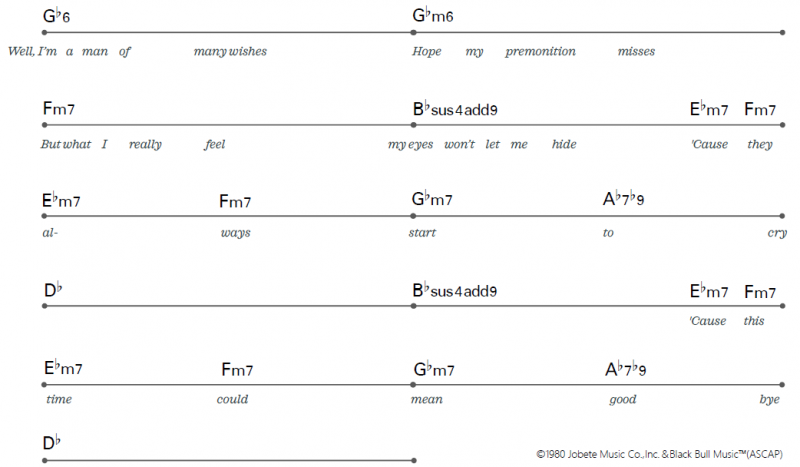
You may not be familiar with M6 or m6, but this is what happens when the melody has a 6th note in it.It is nearer to the normal IV -> IVm.
Also, at the part where it says “Cause they~”, the chords are chopped into small pieces. This is often seen in “For Your Love” and other songs.
Is this also called “syncopation”? Please let me know.
Bridge!
Here, here!
What do you call it? Let’s call it a modulation bridge.
Okay, here we go, like this.
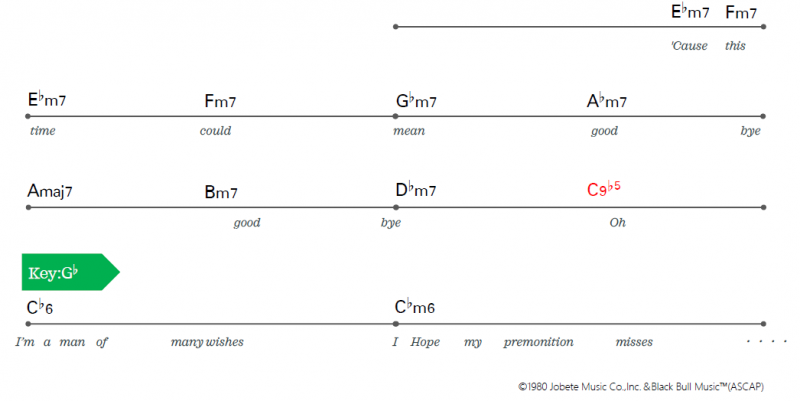
The AM7 comes in only once, but the rest of the time it goes up straight with the m7 anyway. I’ve never seen anything like it.
It gloriously ignores things like music theory…
If I force myself to think about it, I’d say that the second system, G♭m7, actually modulates to Key:E, so that the progress is Ⅱm7→Ⅲm7→ⅣM7→Ⅴm7→Ⅵm7.
Or there is additional way of looking at it, and that the Bm7 part is also modulated to Key:G♭ without anyone knowing it, so that it becomes Ⅳm7→Ⅴm7→Ⅴ♭9♭5→Ⅳ6→Ⅳm6.
But I guess such theoretical discussions are nonsense when it comes to a song written by someone who can see what we can’t see.
Anyway, the song builds up with m7, and then there’s an unfamiliar chord like C9♭5, but it’s really cool. Even such a dissonant chord can sound so cool with the flow before and after.

And when you notice, the song is already in modulation.It’s not a normal modulation, but a change from Key:D♭ to Key:G♭. If you were singing at karaoke, you normally say, “Hey, move this up five notches?
He’s really good at bridging the gap before the modulation.
When I heard the song for the first time, I learned the chords after a while, and I was really impressed.
By the way, C-flat is B, but in the score, it’s written as Key:D-flat at the beginning.
The key is D-flat, so the symbolism is a bit confusing,I’ve also included keyboard diagrams and the chords in Key:C here.
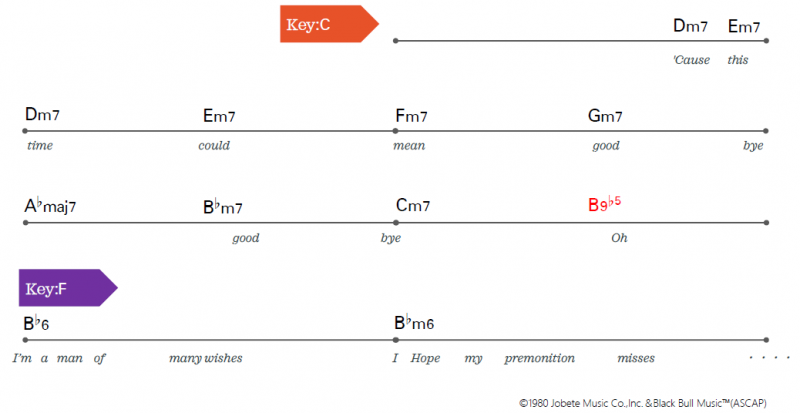
Oh, I almost forgot to mention that at the very end, the climactic chord is closed with E♭M7 (VIM7) instead of G♭. It’s a good fit. This is also his taste.
In Conclusion
In another entry, I introduced Stevie’s live DVD, and wrote about how the applause after the performance of “Lately” was amazing. If you like this song, I strongly reccomend you to watch it. It’s quite moving to see the wonderful performance piercing the audience’s heart, and Stevie accepting the applause.
